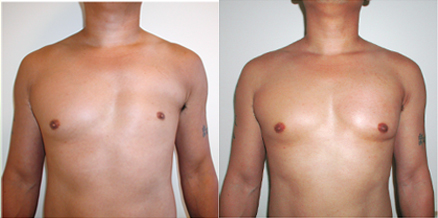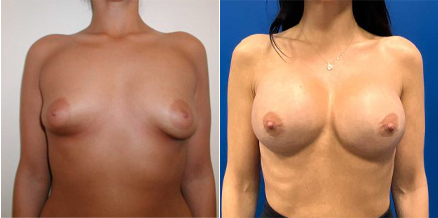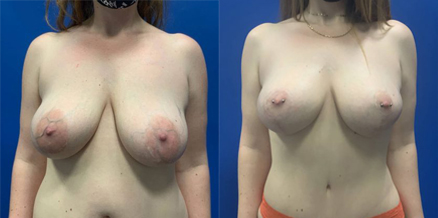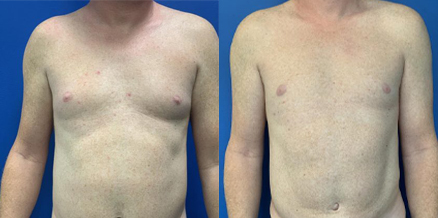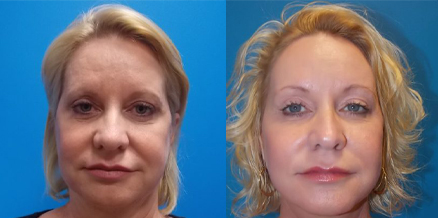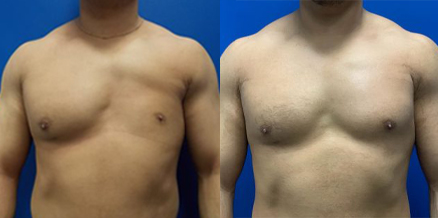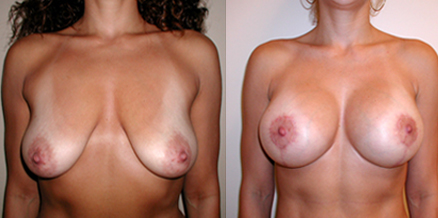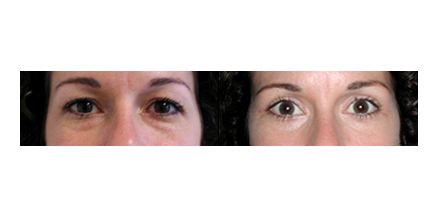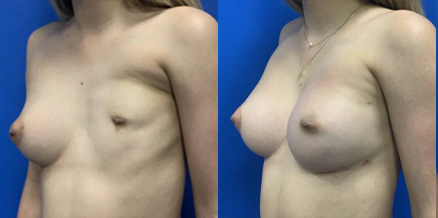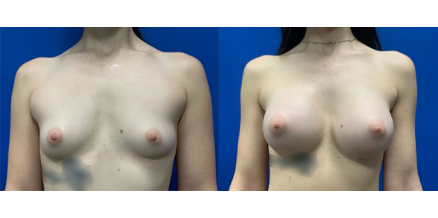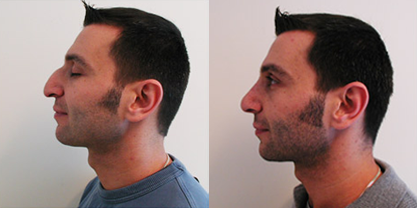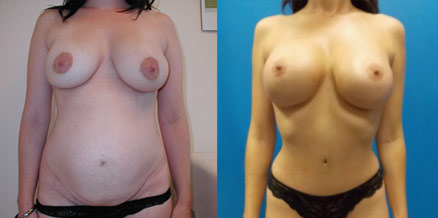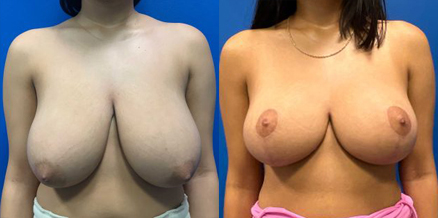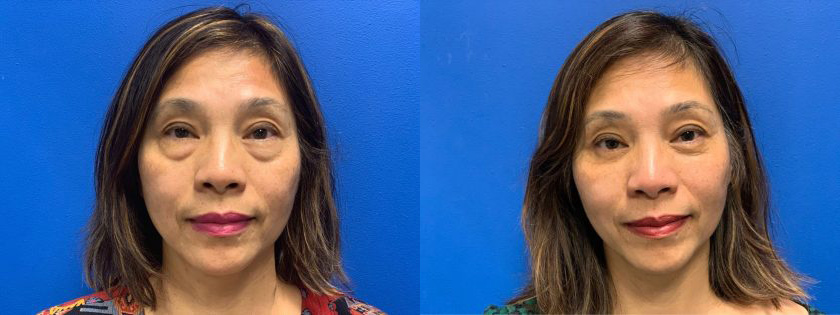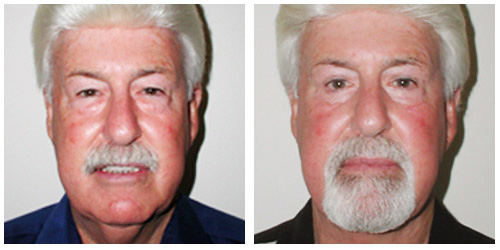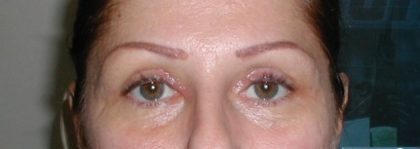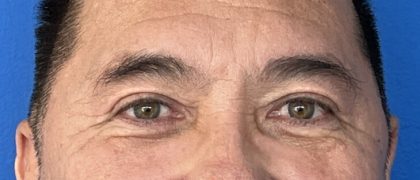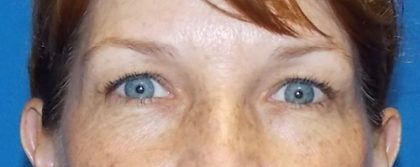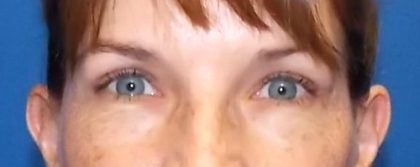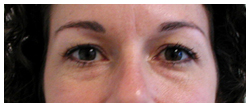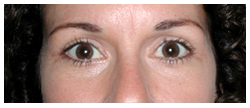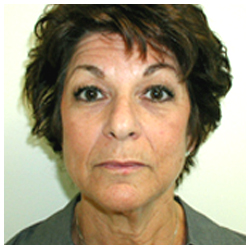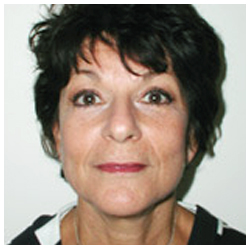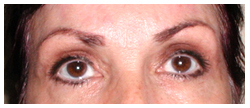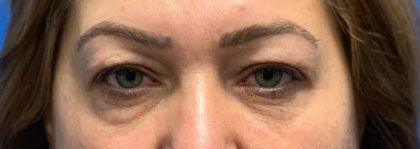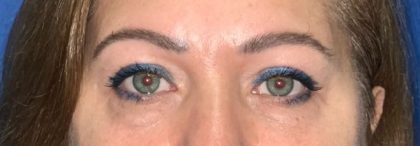Eyelid Surgery
Conveniently located to serve the areas of Beverly Hills, West Hollywood, Los Angeles and Pasadena, CA

Reveal your most intriguing facial feature: Eyes draw in people’s attention and convey your personal expression. However, hereditary factors and the signs of aging can greatly impact the appearance of our eyes, so that what they reflect is not necessarily how we feel.
Before and After Photos
View GalleryContents
Surgery can be performed on the upper and/or lower eyelids (blepharoplasty) to correct droopy and loose skin as well as puffiness. As each patient’s skin elasticity, fatty deposits, tone, and texture are individual; the procedure is tailored to ensure outstanding results that meet your specific desires.
Sometimes patients send in photos of their eyes for evaluation. While seeing photos beforehand is helpful, a thorough in-person consultation and physical examination is an absolute must. It is key to choosing the best approach when addressing eyelid surgery, as well as in all aspects of cosmetic and reconstructive plastic surgery.
Upper Blepharoplasty
(Upper Eyelid)
Loss of the upper eyelid elasticity and tone tend to be the first signs of facial aging. Droopy eyelids give patients a tired and saddened appearance, often hiding the underlying shape and beauty of the eyes. To restore the beautiful shape and contour of the upper eyelid, the overhanging skin is removed and the final incision is placed in the exact natural shadow of the upper eyelid crease. The length of this incision varies depending on the amount of excess lateral skin. The eyelid skin heals very well and the scar becomes barely noticeable in a very short period of time.
Before and After Photos
Adjuncts
Surgical re-contouring of the upper eyelids is sometimes further enhanced by a light pass with a CO2 or an Erbium laser. This further improves the overall skin tone along the highest portion of the upper eyelid and eyebrow junction and along the areas of the crows feet.
The eyebrow is often addressed with the strategic use of Botox to reshape the lateral or outer corners of the brow, often raising the mid-lateral aspect of the eyebrows and achieving a better arch and height for the brows.
Lower Blepharoplasty
(Lower Eyelid)
If the lower eyelids have excess skin and fatty deposits or “bags” an undetectable incision is placed at the lower eyelash line and the fatty deposits are carefully removed without damage to the lower eyelid muscle. Care is also taken not to over-resect the precious lower eyelid fat, which can result in a “hollowed-out” look. In patients with ‘scleral show’ (downturned lower eyelids) and in those with poor lower eyelid tone, a lateral suspension technique is often used to support the lower eyelid and improve the overall shape of the eyes
Before and After Photos
Adjuncts
Adjuncts to lower eyelid rejuvenation include fat grafting to the naso jugal groove (the area of depression at the junction of the lower inner eyelid, nose and cheek junction) and/or injection of Restylane or Juvederm to smooth out the transition between the lower eyelid and cheek junction
Lower eyelid hollows can also be improved using a mid-face vertical lift. Fat grafting to the lower eyelid and at its transition point with the cheekbones can also improve not only the depressions at the lower eyelids but also the overall cheek height and curvature.
For patients who have very fine wrinkles, a gentle pass of a CO2 or an Erbium laser to the lower eyelid will tighten the skin and often this alone will achieve satisfactory results.
Quad Blepharoplasty
Quad Blepharoplasty stands for quadrilateral blepharoplasty where both upper and lower eyelids are addressed during the same surgery. It is a common choice for patients to address both upper and lower eyelids at the same time as they experience one recovery, and the total price will be slightly less than having them done on separate instances.
Before and After Photos
The type of eyelid blepharoplasty performed depends on the actual eyelid anatomy, the degree of skin laxity along the lower eyelid margin, ethnicity and skin type, the shape of the eyelid and amount of fat that is protruding forward. The incisions are designed to best disappear and not change the actual eye shape but transform to a more youthful and attractive look.
If the lower eyelid skin is not redundant or is expected to regain its elasticity after surgery, a transconjunctival lower blepharoplasty is performed where the incision is inside of the lower eyelid. Sometimes a lateral canthopexy is also performed if the lower eyelid margin has weakened with age or appears pulled down and the patient has what is called “scleral show” where the whites of the sclera are prominent. This is a common occurrence as we age and what gives the eye a more rounded look. A lateral canthopexy helps support the lower eyelid margin and corrects that rounded eye look. If there is redundant lower eyelid skin, then the lower eyelid incision is kept just below the lower eyelash line to best camouflage the incision and render it invisible.
Upper eyelid incisions are hidden within the natural upper eyelid crease. They need to be extended laterally if there is excessive lateral skin laxity and hooding. Some patients present with festoons or excessive folds of lower eyelid skin that drape over the upper cheeks; the design of the incision therefore continues laterally outward from the lower lash line and into a natural laugh line to best hide the surgical incision. Various laser skin resurfacing treatments, the most effective being the CO2 laser helps tighten the lower eyelid crepey skin as well as the upper eyelid. Sometimes it is used as an adjunct to the quad blepharoplasty and other times depending on patients’ desires it is used instead of surgery if the eyelid skin laxity does not warrant a surgical treatment or the patient does not want a surgical blepharoplasty.

